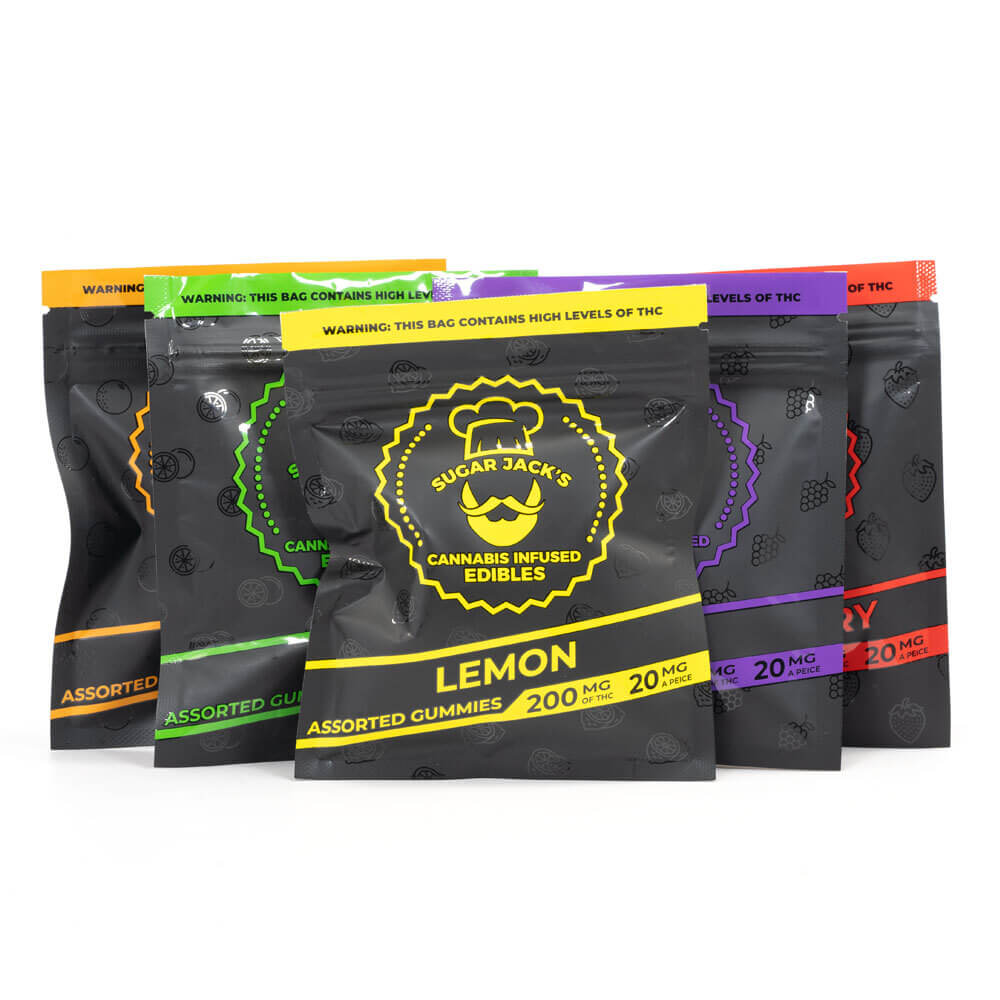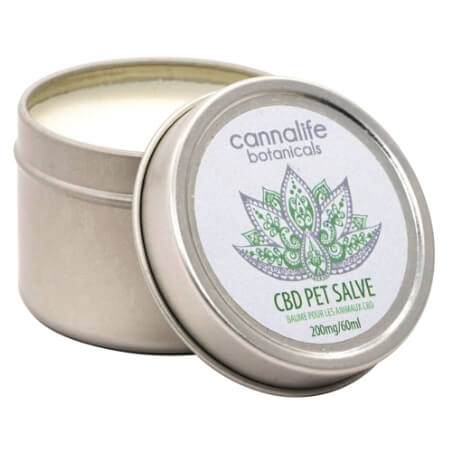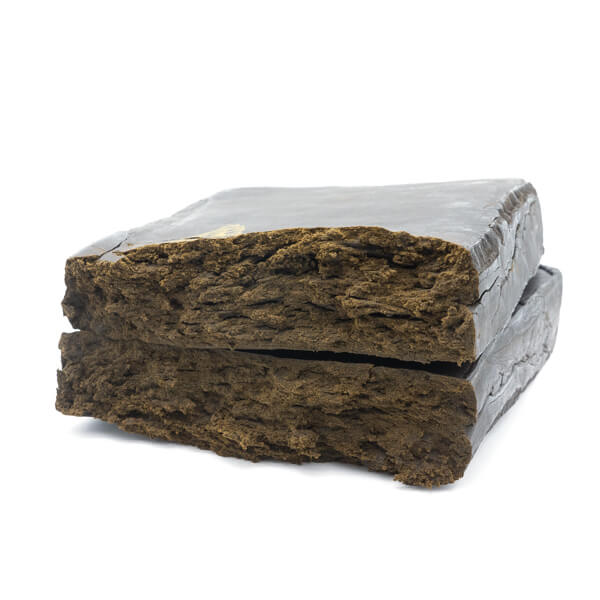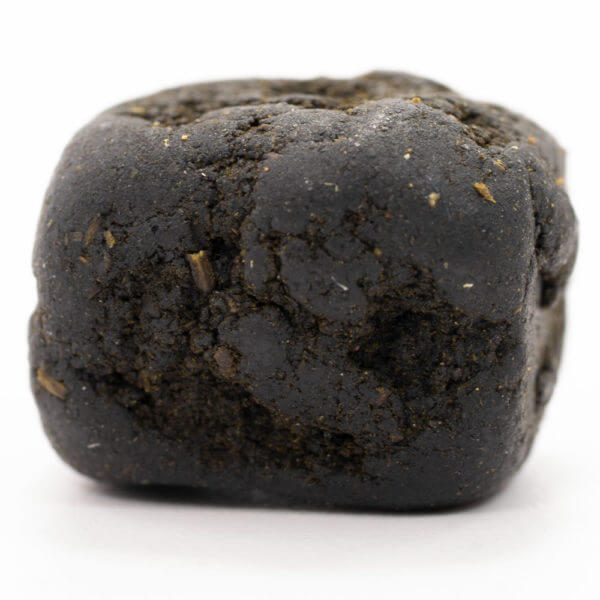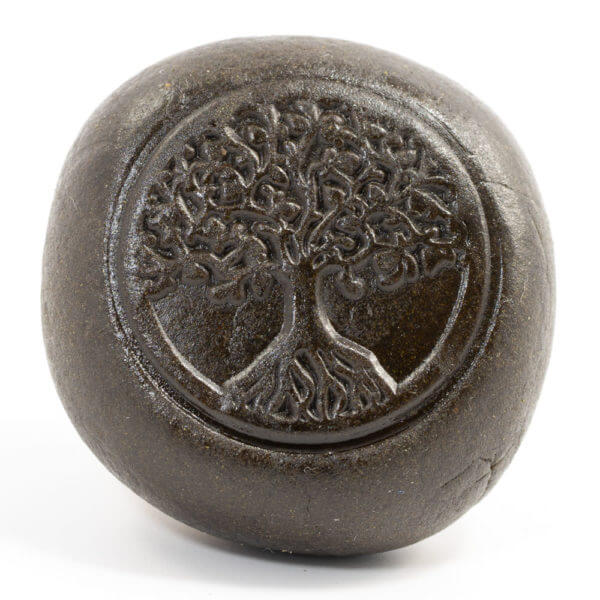No products in the cart.
The Complete Guide to the Different Types of Hash
25 May 2021

One of the world’s oldest cannabis concentrates, dozens of different types of hash have emerged throughout its thousands of years of existence. From dry sift hash to Gold Seal hash and everything in between, the cannabis toker of today has no shortage of types of hashish to partake.
Also known as hashish, this traditional concentrate has been delighting and tokers around the world for generations. From primitive charas to bubble hash, these cannabis products have seen an impressive evolution that’s coupled with a rich history that varies by region, creation method and usage.
For instance, depending on the hash-making process, the flower used, and the specific creation technique, the final product can vastly vary. With so many different flavours, techniques and sources of hash, one can easily get lost in the many types of hash available today and not know which is best suited for their needs!
With so many options, some insight into the different effects, flavours and consistencies can help be an excellent stepping-off point for entering into this wonderful and plentiful world of hash.
With this in mind, you’re in luck! We have created a guide for the best types of hash, what they’re all about and how to choose one that’s right for you!
So, let’s get started!
What is Hash?
For starters, we’ll begin with an elementary introduction. What is hash, anyways?
Hash, known as hashish in the Middle East and parts of Europe, is a variation of cannabis concentrate made with trichomes from the cannabis plant. The trichomes, also known as kief, are the crystalized, resinous parts of the cannabis plant packed with flavour as well as the psychoactive cannabinoid THC.
If this terminology is confusing, allow us to provide a more contextual definition.
When you grab a nug and get sticky fingers, you have resin to thank. When you’re grinding bud in a weed grinder, the light-green, powdery substance that collects at the bottom of your grinder is also kief.
So, if you have a large collection of kief, it’s possible to collect and compact it into one solid mass to create hash. The production process itself might differ between the different types of hash, but in its most basic form, hash is a compressed puck of kief.
Many tokers enjoy hash for its rich fragrance, delicious flavour and powerful potency, elements which will differ between the different types of hash. Hash can be smoked in a pipe or enjoyed in a twax joint.
Check out our how to smoke hash guide for the full story of its many uses!
The Origins of Hash – A Brief History
As we said before, humans have been enjoying hash for centuries. In addition to its strong psychoactive effects, the cannabis plant itself has also been utilized throughout history for its strong, fibrous qualities.
The oldest documented use of hash dates back to the 12th century, but its origin actually dates back to India in a region known as the Parvati Valley. Located in the state of Himachal Pradesh, locals would create and smoke a type of finger hash known as charas in a cultural and religious setting.
The word “hash” itself is actually derived from the Arabic language. The word hashish loosely translates to “grass,” a term truly befitting this cannabis concentrate’s leafy origins.
A little later on, hash was introduced to Egypt by travellers from Syria. When Napoleon Bonaparte invaded Egypt in 1798, his soldiers took a liking to the substance and eventually brought it back with them to Europe.
Over time, hash spread throughout Europe and made its way into the Americas, and the rest, as they say, is history!
What are the Different Types of Hashish?
From the brief introduction above, you might have already noticed that hash has a storied history. Depending on where it’s made and the flower used, the aroma, flavours and even the experience itself might differ wildly.
That said, here are some of the most popular types of hash, how they’re made and what to expect!
Types of Hash: Dry Sift Hash

Dry sift hash is a basic form of hash that you can make at home by following our “how to make hash” guide.
Dry sift hashish is made by sifting weed, collecting the trichomes that fall through and compressing it by hand or by machine. At home, hashish enthusiasts might pool together all the kief from their grinders and compress it at home by hand or with a vice grip.
Dry sift hash is essentially kief that has been slightly compacted. In this sense, you can use this type of hash in several different ways. You can sprinkle some on your joint for an extra THC kick or smoke it in a pipe! The hash will take on the aromas, flavours and effects of whatever strain you collected the kief from, so keep that in mind!
Types of Hash: Bubble Hash
Bubble hash is one of the most popular and commonly found types of hash in the world due to its smooth flavour and high yield.
Unlike dry sift hash, creating bubble hash is a bit more mechanically involved.
To make bubble hash, dried bud is placed in fine mesh bags and given an ice bath. The bath is then stirred and agitated to shake up and remove the kief from the bud’s surface. After that, the bags are removed, the water is strained and sieved, and the leftover kief and plant matter is left to dry.
Once dried, the kief is compressed, compacted and available for sale!
Bubble hash has a high THC content ranging anywhere from 50-80%, depending on the strain and production method. Bubble hash has a great, clean taste and a smooth, even smoke. This type of hashish is great for first-time hash smokers and veterans alike!
For a more in-depth investigation of bubble hash and how to make it, check out our comprehensive bubble hash guide!
Types of Hash: Afghani Hash
Afghani hash is made in, you guessed it, Afghanistan!
As a region with native cannabis landrace strains, it’s no surprise that this Middle Eastern country has earned itself a reputation as one of the best hashish manufacturers in the world. Afghani Hash and its more expensive, noble cousin, Gold Seal Hash, are both made with small, bushy indica strains native to the area, with the most common strain being the Mazar-I-Sharif strain.
Both types of hashish are made by hand by artisans dedicated to their craft. Hash makers press the kief and buds together until its soft, delicate surface starts to form an almost elastic texture.
What’s the difference between regular Afghani Hash and Gold Seal Hash, you might ask? Hashish in Afghanistan is produced by families that have been creating hash for generations. As such, they have developed many elaborate and dedicated processes to create the fragrant, tasty hashish that we all know and love.
Regular Afghani Hash is usually produced with the aid of machines, while Gold Seal hash still follows the artisan, hand-crafted process. Additionally, Afghani Hash is known for its fragrant, spicy flavour while Gold Seal hash is famous for its intense, lingering body high.
At the end of the day, you can’t go wrong with either. Afghani Hash is one of the most famous types of hashish available today, so both are solid choices!
Types of Hash: Moroccan Hash
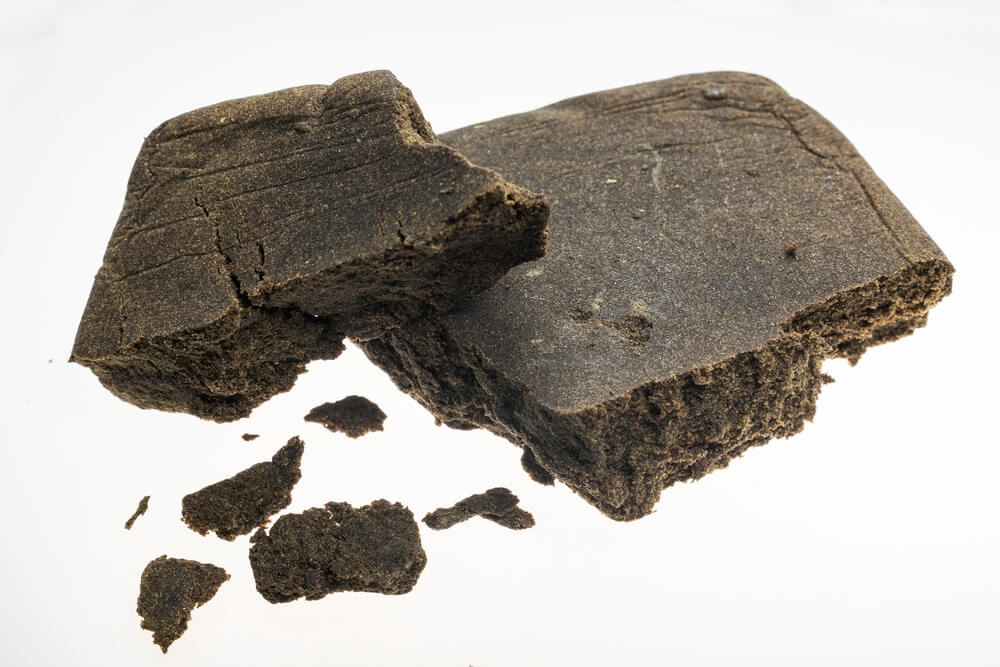
Morocco is world-renowned for the hash it produces, with a rich history that dates back to hundreds of years. While the specifics of how hash got introduced into Morocco are muddy, what’s clear is that Moroccan hash is some of the best in the world. Originally crafted by a small group of families, the tradition has been passed down through the centuries and is being carried on by their grandchildren and great-grandchildren.
With a rich, aged aroma and a strong, spicy taste, you can smell, taste and feel the rich culture and tradition behind this type of hash as soon as you handle it. Make no mistake about it, Moroccan Hash is one hash you need to try before you die.
Types of Hash: Nepalese Hash & Nepalese Temple Hash
Shockingly enough, Nepalese hash hails from Nepal! Like Afghani hash, Nepalese hash is made with landrace strains that are native to the region.
Today, this type of hashish is made with the aid of industrial machines and crews that help sort, collect and compress the plant’s trichomes into Nepalese Hash.
On the other hand, Nepalese Temple Hash is still made by hand by Nepalese craftsmen. Similar to Indian charas, Nepalese artisans take dried indica flowers and rub the stalks between the palms of their hands. Over time, the resinous kief will collect on the surface of their hands, at which point the creators will use a knife to scrape the resin off and roll it into a ball.
Once compacted into a ball, the temple marker is stamped on top as a seal of quality.
Due to this artisan process, Nepalese Temple Hash balls have a shiny, almost reflective surface. Smooth in texture and almost entirely black in colour, Nepalese Temple Hash Balls are famous for their earthy fragrance, fruity flavour and herbaceous undertones.
Just like bubble hash, the potency for regular Nepalese hash and Nepalese Temple hash will be around 55-80%.
If you’re the type of smoker that fancies themselves a connoisseur of cannabis, then this is the hash for you. Even if you’re not a huge fan of the production process, chances are you will enjoy the rich flavour and fragrance of this form of hash!
Types of Hashish – The Luxury of Choice
The world is a big place, and although we covered four different types of hashish in today’s article, there are many more forms of hash that we haven’t touched on. However, luckily, they are available for sale on the Cannabismo website!
Honourable mentions go out to the spicy and aromatic Moroccan hash, the heavily sedative and musky Pakistani hash, and the soft and highly elastic Mazar-I-Sharif hash.
Honestly, we just have too many types of hashish available on our site to cover them all. We helped introduce you to 4 of the most famous and commonly enjoyed ones. It’s up to you to go on over and discover the rest!
Happy hashing!




